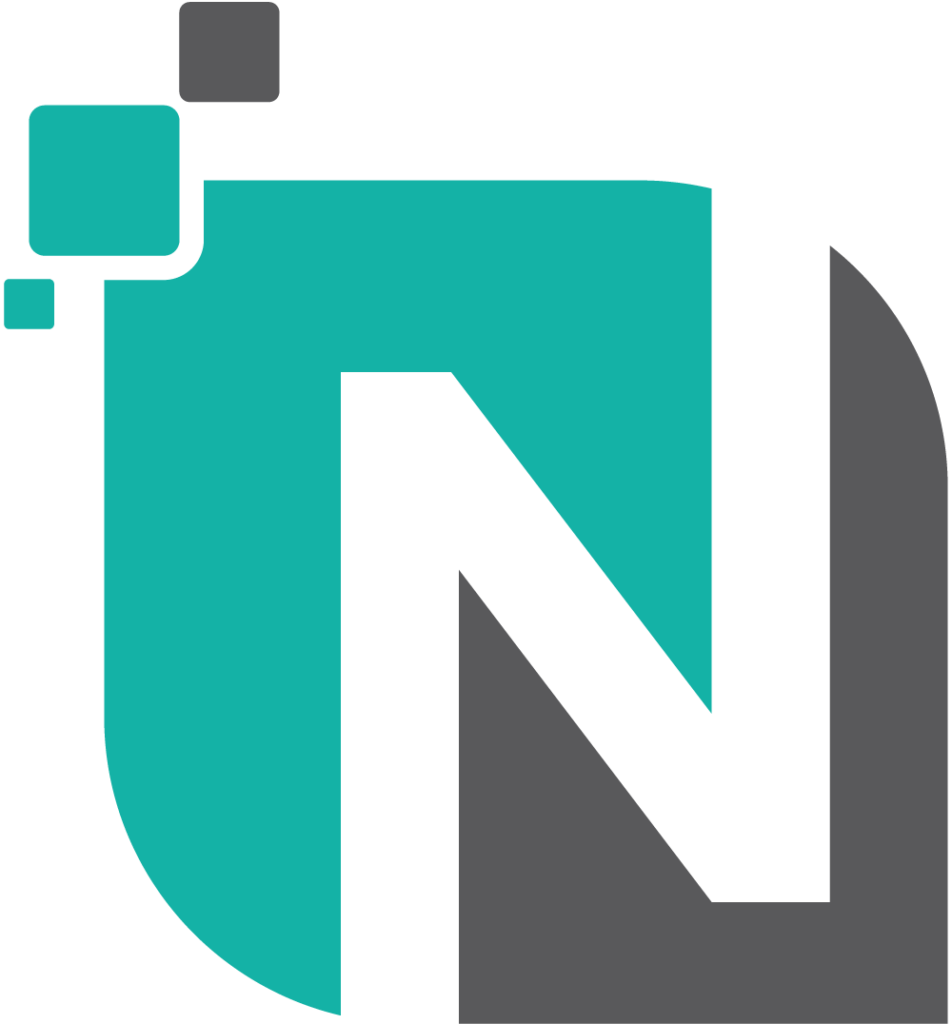The July release again includes several improvements and changes within Neoforce. This overview tells you which features have been added or changed. As usual, the update will be pushed to all production environments on Wednesday evening, 9 July.
What have we added?
- As of this release, Neoforce has a built-in recycle bin feature for added security and control when deleting data.
Instead of items being permanently deleted immediately, they are now placed in the recycle bin first. This allows users to easily restore ('restore') accidentally deleted items without losing data.The retention period of deleted items is fully adjustable via Management > General settings > User experience. After the expiry of the set period, the items are automatically permanently deleted. - From now on, it is possible to pin timeline items in Neoforce. With this new feature, you can mark important timeline posts so that they always remain visible at the top of the timeline.
- If authorised, users can now delete individual history lines from an item's change history. This functionality provides greater control over stored audit data and contributes to a cleaner and more manageable environment.
>This makes Neoforce better optimised for data management and privacy regulations, such as the AVG (GDPR), by allowing sensitive or erroneous changes to be deleted if necessary - but of course only with the right rights. - Editing the HTML body of e.g. e-mails within actions now supports the use of tabs (indentation). Thanks to this improvement, writing and editing HTML code becomes clearer, with neat alignment and better readability.
- When setting up webhook actions, Neoforce now automatically displays suggestions for the most commonly used headers. Think of common options such as Content-Type, Authorization or Accept.
- A new API endpoint has been added for the system log in Neoforce. This allows developers and administrators to programmatically access system events, such as incorrect login attempts, system errors and other important actions within the application. This enables easier external monitoring, auditing or integrations.
- Available ticket categories can now be restricted based on the team selected.
This works in the same way as ticket types. This allows users to see only the categories that are relevant to their team, providing more overview and fewer mistakes when creating tickets. - In email templates within tickets, a new setting has been added that automatically sets the sender as the ticket handler. This allows a ticket to be automatically taken by name as soon as an e-mail is sent.
- It is now possible to set a default value for the field types 'Website' and all text fields within datasets and additional fields. These default values can use variables if required, allowing you to apply dynamic and context-dependent input.
- You can now also add additional fields to the blocks for the visiting address, postal address and billing address within organisations.
- It is now possible to also use archived data in reports.
- It is now possible to view the change history of timeline items.
- Light account users trying to access a page intended for full accounts will - if authorised - automatically be redirected to the public version of that page (within the customer portal).
What did we adjust or fix?
- Various user experience/performance improvements.
- Form fields can now no longer be 'accidentally' dragged away on smartphones.
In addition to the points mentioned here, we've made even more changes! You can read the full overview in the changelog within the application.
As always, we hope this release contributes to an even more enjoyable and efficient experience with Neoforce. Do you have any questions or feedback? Please feel free to contact us. We'd love to think with you.



